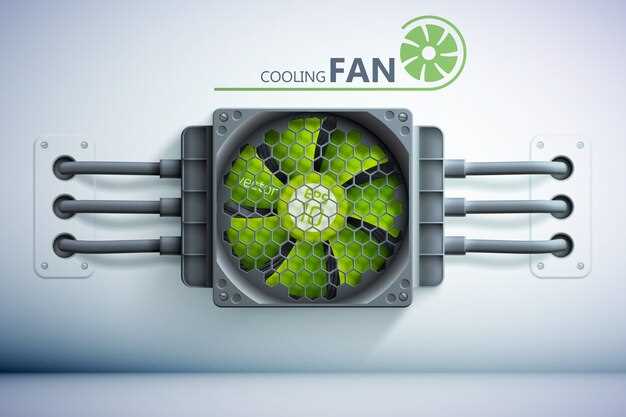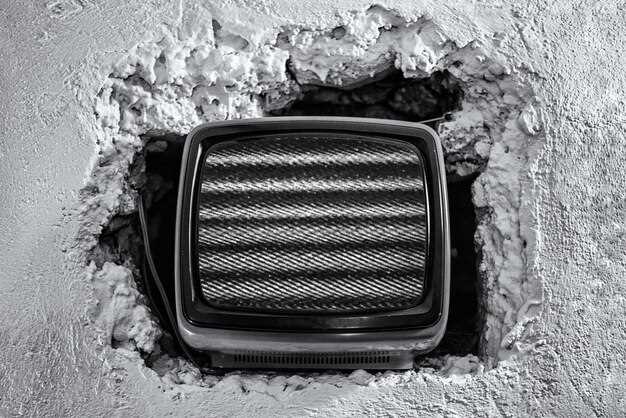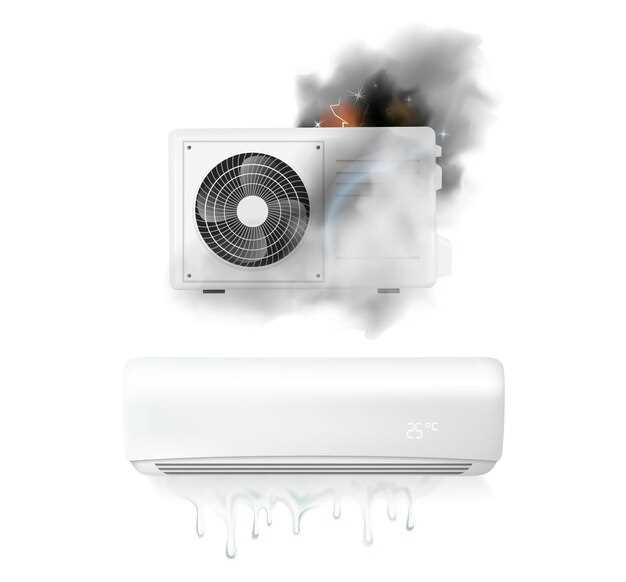
Maintaining optimal temp in your Corrado’s cooling system is vital for the performance and longevity of your engine. The presence of trapped air in the coolant system can lead to overheating and other serious issues. Bleeding air from the cooling system ensures that it operates efficiently, allowing the coolant to flow freely and effectively dissipate heat.
The process of bleeding the air out of the coolant system is straightforward but crucial. It involves expelling any air pockets that may have formed during routine maintenance or coolant replacement. This guide will equip you with essential steps and best practices to ensure your coolant system is free of air, maintaining the ideal operating temp for your Corrado.
Understanding the significance of a well-bled coolant system allows you to prevent potential overheating issues. Proper coolant circulation not only enhances engine efficiency but also contributes to a smoother driving experience. Follow this guide to ensure your cooling system is in top shape, safeguarding your vehicle’s performance and reliability.
Tools Required for Bleeding the Cooling System
To effectively bleed the cooling system on your Corrado, you’ll need specific tools to ensure a proper and thorough job. Proper bleeding helps eliminate air pockets, allowing the coolant to circulate effectively and maintain the correct operating temperature.
- Coolant: Ensure you have the right type of coolant for your vehicle. Refer to your owner’s manual for specifications. Proper coolant helps lower the temperature and prevents engine damage.
- Screwdriver: A flathead or Phillips screwdriver may be required to remove any engine covers or components blocking access to the radiator bleed valve.
- Radiator Bleed Tool: This specialized tool can simplify the bleeding process. It helps in removing air pockets from the system more efficiently.
- Hose Clamp Pliers: These are useful for releasing and securing hose clamps during coolant hose removal or replacement.
- Wrench Set: A set of wrenches may be necessary for loosening bolts or nuts holding components in place. Ensure you have various sizes available.
- Funnel: A funnel helps in pouring coolant into the radiator without spilling, making the process cleaner and more efficient.
- Container: Use a container to catch any spilled coolant during the bleeding, avoiding environmental contamination.
- Thermometer: A thermometer can be useful to monitor engine temperature while bleeding the system, ensuring it remains within safe limits.
Having these tools on hand will facilitate a smoother bleeding process for the cooling system, ensuring your engine runs at the optimal temperature with minimal issues.
Step-by-Step Procedure for Coolant Bleeding

Bleeding air from the cooling system is essential to ensure optimal engine performance and prevent overheating. Follow this systematic guide to effectively bleed coolant from your Corrado’s cooling system.
-
Gather Necessary Tools and Materials
- Coolant
- Wrench set
- Hose clamps
- Coolant bleeder kit (if available)
- Container for collected coolant
-
Park and Prepare the Vehicle
- Ensure the vehicle is parked on a level surface.
- Turn off the engine and allow it to cool down completely.
- Open the hood and locate the coolant reservoir.
-
Check Coolant Level
- Inspect the coolant reservoir for the current level.
- If necessary, add the appropriate coolant mixture to the reservoir.
-
Locate Bleed Valves
- Identify the bleed valves, typically located on the coolant pipes or near the thermostat housing.
- Refer to the vehicle manual for the exact locations.
-
Start the Engine
- With the coolant reservoir open, start the engine.
- Let it idle until it reaches operating temperature.
-
Open Bleed Valves
- Using a wrench, carefully open the bleed valve(s) one at a time.
- Watch for a steady stream of coolant without air bubbles.
- Close the valve once a steady flow is achieved.
-
Monitor Engine Temperature
- Keep an eye on the temperature gauge on your dashboard.
- If the temperature rises unexpectedly, turn off the engine to avoid overheating.
-
Repeat the Process if Necessary
- If air is still present after the first attempt, repeat the bleeding process.
- Ensure the coolant level in the reservoir remains adequate throughout.
-
Final Checks
- Once bleeding is complete, close all bleed valves tightly.
- Check and top off the coolant in the reservoir if needed.
-
Test Drive
- Take the vehicle for a short drive to ensure proper cooling function.
- Observe the temperature gauge during the drive.
- Stop immediately if the temp gauge indicates overheating.
This step-by-step procedure will help you efficiently bleed air from the coolant system, maintaining your vehicle’s performance and reliability.
Identifying Air Traps in the Corrado Cooling System
Air traps within the Corrado cooling system can lead to inefficient coolant flow, resulting in overheating and potential engine damage. To ensure optimal performance, it is crucial to identify these air pockets promptly.
Common signs of air traps include fluctuating temperature readings and inconsistent heater output. When coolant cannot circulate effectively due to trapped air, certain engine components may run hotter, leading to an increase in temperature gauge readings. If the temperature gauge fluctuates erratically, it may indicate an air pocket affecting coolant flow.
One method to find air traps is to observe the coolant reservoir during operation. If the coolant level remains low or air bubbles surface consistently, this suggests the presence of trapped air. Additionally, when bleeding the system, it is essential to monitor for pressure spikes or hissing sounds, which can signify air escaping from sealed areas.
When the engine is warm and running, gently squeeze the upper radiator hose. If you feel a spongy texture or if coolant does not flow consistently, air is likely trapped within the system. Also, check the bleed screws located at the highest points of the cooling system to allow accumulated air to escape.
Addressing these air traps by properly bleeding the cooling system enhances coolant circulation, stabilizes engine temperature, and prevents overheating issues, ensuring your Corrado runs efficiently.
Checking Engine Temperature Readings During Bleeding

When bleeding the cooling system of your Corrado, it’s crucial to monitor the engine temperature accurately. Proper temperature readings ensure that you are not only removing air from the system effectively but also preventing potential overheating.
Start the engine after filling it with coolant, allowing it to reach operating temperature. As the engine warms up, the thermostat will open, allowing the coolant to circulate. During this period, keep an eye on the temperature gauge on your dashboard. It should gradually rise but remain within the normal operating range.
If you notice the temperature spiking excessively, it may indicate trapped air in the system. In such cases, stop the engine immediately to avoid damaging it. Allow it to cool down before checking the coolant level and continuing with the bleeding process.
Once you’ve bled the system, run the engine again while monitoring the temperature. The gauge should stabilize within the normal range, indicating that the air has been effectively removed. If fluctuations persist, further bleeding may be necessary to ensure optimal coolant flow and engine efficiency.
Regularly checking engine temperature readings during this procedure not only safeguards your vehicle but also enhances its performance in the long term.
Common Mistakes to Avoid While Bleeding Coolant
Properly bleeding the cooling system in a Corrado is essential for maintaining optimal engine performance and preventing overheating. However, there are several common mistakes that can hinder the process and lead to complications. Understanding these pitfalls will help ensure a successful coolant bleed.
| Mistake | Consequence | Tip to Avoid |
|---|---|---|
| Not checking the coolant level before starting | Insufficient coolant can lead to air pockets remaining in the system. | Always top off the coolant reservoir before beginning the bleeding process. |
| Bleeding at an inadequate engine temp | Cooling system pressure can be lower than optimal, preventing air from escaping. | Ensure the engine reaches its normal operating temperature before bleeding. |
| Overlooking the heater core | Air may still remain in the system, affecting engine cooling efficiency. | Run the heater on high while bleeding to ensure proper circulation through the heater core. |
| Using incorrect bleeding sequence | Improper bleeding sequence can result in trapped air, reducing cooling effectiveness. | Follow the recommended bleeding sequence outlined in the vehicle’s manual. |
| Failing to check for leaks post-bleed | Leaks can reintroduce air into the system leading to further overheating issues. | Inspect all hoses and connections for leaks immediately after bleeding. |
By avoiding these common mistakes during the coolant bleeding process, you will ensure your engine operates smoothly and reduces the risk of overheating or other cooling-related issues.
Post-Bleeding Maintenance Tips for the Cooling System
After successfully bleeding the air from the Corrado’s cooling system, it is essential to follow specific maintenance tips to ensure optimal performance. First, regularly check the coolant level in the reservoir. Maintaining the appropriate level is crucial for preventing overheating and ensuring efficient operation.
Next, monitor the temperature gauge while driving. A stable and normal temp reading indicates that the cooling system is functioning correctly. If the gauge shows signs of fluctuating or rising temperatures, it may indicate residual air pockets or other issues within the system that need attention.
Additionally, consider inspecting all hoses and connections for any signs of leaks or wear. A small leak can lead to air re-entering the system, undoing the benefits of bleeding. It is also wise to replace the coolant at recommended intervals. Old coolant can become contaminated, losing its effectiveness in regulating temperature and preventing corrosion.
Lastly, keep an eye on the radiator and heater cores for any blockages or buildup. This will ensure that coolant flows efficiently, maintaining the overall health of the cooling system. Following these post-bleeding maintenance tips will help keep your Corrado operating at peak performance.










